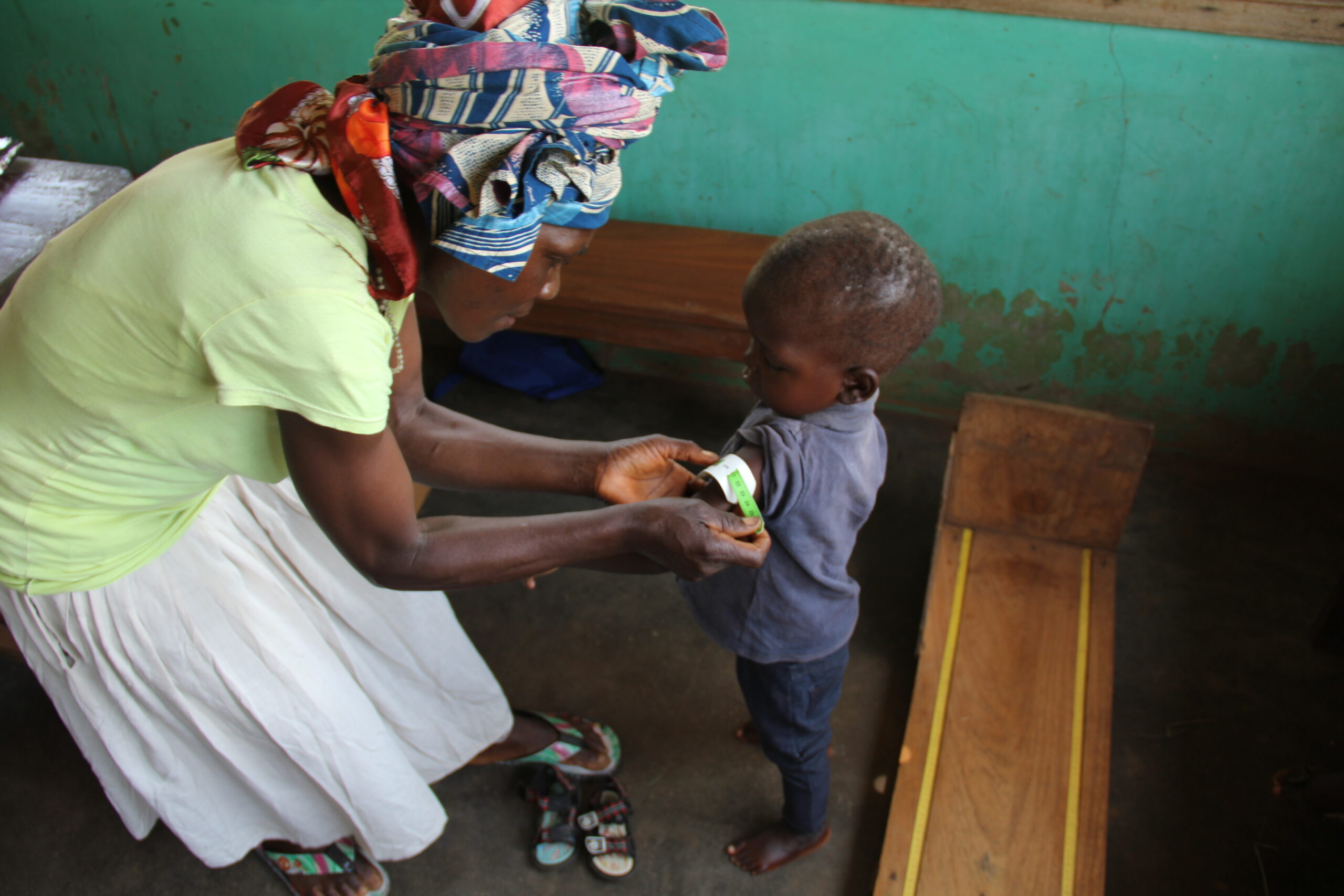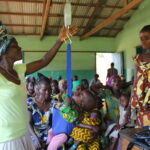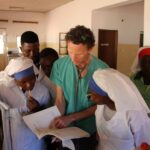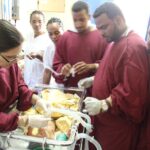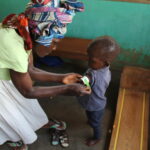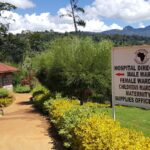Childhood Malnutrition: Community-Based Care and Support – Part 1
No Greater Challenge to Child Survival
There is no greater challenge to child survival in low- and middle-income countries than malnutrition. Managing malnutrition is outside the realm of normal practice for healthcare professionals trained in western countries. As such, it needs to be something health professionals planning to work in the developing world context need to review regularly. There are two essential program constructs for managing children with malnutrition, community-based nutrition programming and inpatient care programming. However, the combination of both inpatient and outpatient community-based nutrition initiatives is likely the ideal program model. These combined programs are often referred to as “therapeutic refeeding programs” or “stabilization programs”. We will look at the inpatient aspect of malnutrition in my next post, in this post I wanted to touch on what a community-based child nutrition initiative looks like, and some of the tools those programs use in the fight for child survival.
Understanding how to assess for malnutrition is the essential first step for every healthcare professional planning to practice in the setting of a low- or middle-income country. Every child under 5 years of age needs to be evaluated for nutritional status. Here is a link to the WHO Child Growth Assessment Standards. You can find this, and similar documents on the CHSC Clinical Resources Page.
There are actually a few clinical presentations of Malnutrition. The first is Marasmus which is characterized by generalized waiting and is usually easy to spot. The second is known as Kwashiorkor – the name is derived from the Ga language of coastal Ghana, translated as “the sickness the baby gets when the new baby comes” or “the disease of the deposed child”. This is because it is related to the weaning of the older child when the new child is born. Kwashiorkor (a.k.a. kwash) is characterized by peripheral edema related to inter-vascular protein deficiency that allows for peripheral fluid accumulation. These children often require a good physical examination and malnutrition assessment because they often appear normal at first glance. There is also a mixed presentation known as marasmic-Kwashiorkors. I would suggest becoming familiar with all these clinical presentations prior to serving in the developing world context.
Ready to Use Therapeutic Foods
Assisting communities to design sustainable community-based nutrition programs is an exceptional global health project in areas of high malnutrition prevalence. Ready to Use Therapeutic Foods (RUTFs) are the foundation of community-based initiatives. RUTF’s are energy-dense, micronutrient-enriched types of peanut butter that have a nutritional value comparable to the traditional F-100 milk-based diet used in inpatient therapeutic feeding programs. Although commercially available as plumpynut tends to be out of the reach financially for many at about $50 for a case of 150 packets. This is the big challenge with RUTF’s, they are not sustainable without outside funding, they are a western vertical health program. Meaning they require outside expertise and outside funding to implement. When the funding stops the program will often go away. Horizontal programs are community-owned initiatives. They allow the community to identify problems and develop their own responses and strategies within the context of their culture and resources. For more on differentiating Vertical vs Horizontal health programs see my article What are Vertical and Horizontal Approaches to Health? Ruffs will never be a long-term solution to malnutrition in villages. However strong agriculture initiatives really are the solution to these problems.
Our friends at Partners in Health did something I thought was inspiring, they turned the production of RUTF into a community-based agriculture project thus making it more sustainable. They have local farmers grow peanuts that are then harvested to create their own brand of plumpy nut locally in Haiti under the name Nourimanba. They freely share the following recipe to help others do the same, their example can greatly benefit areas in need of community-based nutrition programs without the resources to support them.
Video of Kwash Malnutrition
Recipe for 5 kg of Nourimanba
Ingredient using powdered/dry milk
(full cream)/(skim)
Peanut paste 1250 g/1300 g
Vegetable oil 750 g/1000 g
Milk product 1500 g/1250 g
Granulated sugar 1400 g/1350 g
Formulated vitamin mix 70 g/70 g
(Partners in Health , 2010)
RUTFs are a Temporary Measure
It is important to remember that using RUTFs is a stopgap measure to make an immediate improvement in the nutritional status of children. Nutritional counseling and agriculture initiatives must follow in order to sustain the health of children in the program or all the gains will be temporary. All in all, RUTFs are a tool in a program, not a program. They do not change the underlying need for the availability of nutritious food. In fact, parasite medication, RUFTs, and micronutrient supplementation will make temporary health improvements that will likely save the lives of many children, but they are temporary without a more comprehensive approach. The focus in high malnutrition prevalence areas should be on helping communities create sustainable community-based nutrition programs. Moringa is one such initiative and some of the most successful Moringa initiatives have come out of hospitals in health programs. I will discuss Moringa as a community-based strategy for malnutrition in my next post.
Resources:
Attached pdf PPT Lectures from Johns Hopkins School of Public Health on Protein Energy Malnutrition PEMLecture.pdf and Vitamin A Deficiency (VAD) VADLecture.pdf
The Mother and Child Health and Education Trust. (2018). http://motherchildnutrition.org/. Retrieved from http://motherchildnutrition.org/: http://motherchildnutrition.org/malnutrition-management/index.html
WHO and UNICEF . (2009). Child growth standards and the identification of servere acute malnutrition in infants. Geneva: WHO.
